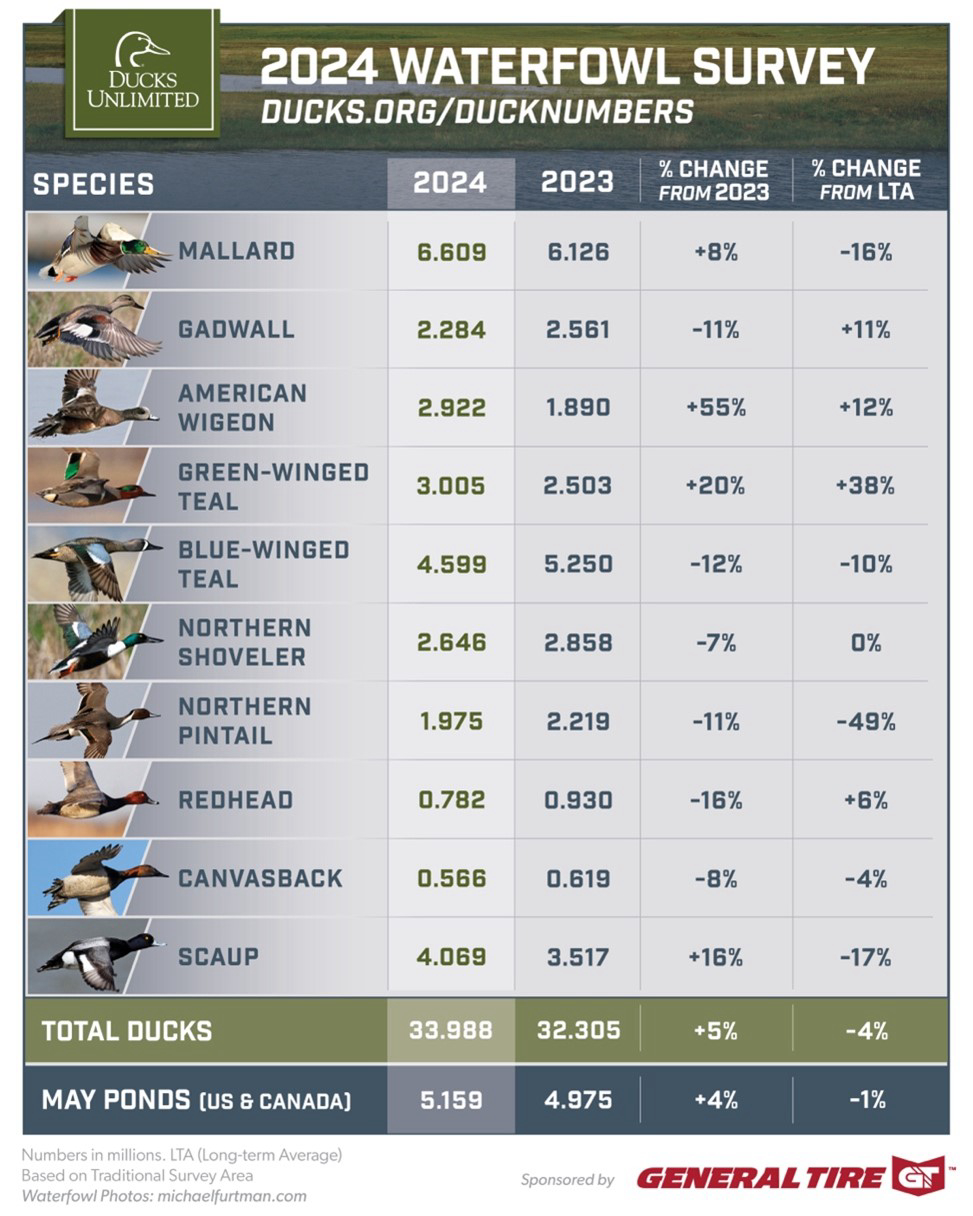Summer maintenance under way at rural floodings in northern Lower Peninsula

In the mid-20th century, the Department of Natural Resources created floodings across northern Michigan to help provide suitable breeding habitat for waterfowl and furbearer species to help provide suitable breeding habitat for waterfowl and furbearer species after the loss of wetlands habitat over time. Today, the earthen berms and water-control structures used to create floodings require inspections, maintenance and, in some cases, complete removal of the structures.
“Summer months are the best time to complete maintenance work at managed floodings,” said DNR wildlife communications coordinator Katie Keen. “We can start drawing down water levels in the spring, and by summer we can get in and do the needed repairs or even remove infrastructure. In some cases, our goal is to expose the mud that had been underwater for years and let the new sunlight grow all sorts of great plants for wildlife.”
Most land surrounding each flooding is publicly owned and provides great access for hunters and trappers looking for standing water conditions to hunt or set a trap. Some locations will be flooded again by this fall and will be ready for fall waterfowl hunting or trapping activities. Other locations may have the dam structure completely removed, restoring the natural flow of the wetland complex.
Projects happening this summer in the northern Lower Peninsula include:
Cheboygan County – Dog Lake Dam, dam removal
Gladwin County – Molasses River Flooding No. 1, dam removal
Grand Traverse County – Headquarters Lake Dam, water drawdown for maintenance
Montmorency County – Rainy Dam, dam removal
Montmorency County – Sportsman’s Dam, water drawdown for maintenance
To learn more about public-land hunting and recreation locations, visit mi.gov/hunting.






